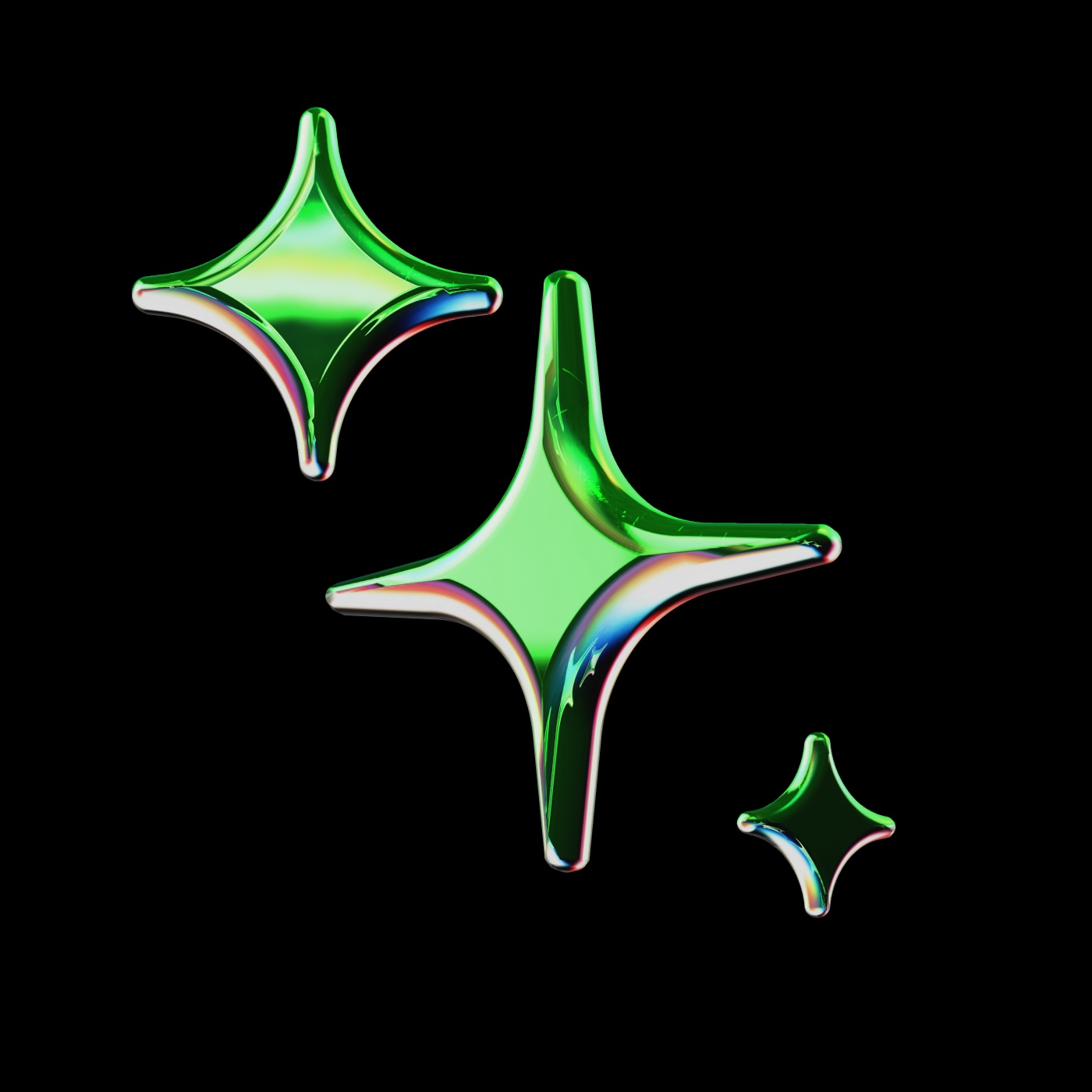
public
Published on 5/8/2025
Architecture and Design Rules
Rules
Repository Placement Rule
- Define repository interfaces (e.g., OrderRepository) in the domain layer as output ports.
- Repository implementations reside in the infrastructure layer and use persistence technology (e.g., JPA, MongoDB).
- Repositories must deal only with aggregate roots, not child entities or value objects.
- Application services use repositories to load and persist aggregates.
- Avoid business logic in repositories; focus on data access.
- Ensure repository interfaces are technology-agnostic.
- Prevent direct repository access from domain entities to preserve encapsulation.
Input Port Rule
- Input ports represent use cases and are defined as interfaces in the application layer.
- Input ports are invoked by controllers, APIs, or UI layers.
- Application services implement input ports and coordinate domain logic and infrastructure.
Output Port Rule
- Output ports represent dependencies on external systems (e.g., repositories, message brokers).
- Place domain-relevant output ports (e.g., repositories) in the domain layer.
- Place application-level output ports (e.g., email, payment) in the application layer.
- Implement output ports in the infrastructure layer with technology-specific adapters.
- Keep output port interfaces clean, focusing on business capabilities rather than technology concerns.
Hexagonal Architecture Layers
- Domain Layer: Contains core domain models, aggregates, entities, value objects, domain events, and domain-level output ports.
- Application Layer: Coordinates use cases, defines input ports, and uses domain services and output ports.
- Infrastructure Layer: Implements technical concerns like database access, messaging, external APIs.
- Presentation Layer (optional): Interfaces with the user, typically via HTTP or WebSocket.
- Apply Dependency Inversion: inner layers define interfaces, outer layers implement them.
- Maintain strict boundaries and avoid circular dependencies.
Domain-Driven Design (DDD) Layering
- Follow the DDD principles: model around the business domain.
- Use Aggregates to enforce invariants and model transactional consistency boundaries.
- Use Value Objects to model concepts without identity.
- Use Entities to model stateful business concepts with identity.
- Encapsulate domain rules and logic inside aggregates.
- Use Domain Services only when logic doesn’t naturally belong to an entity or value object.
- Place shared domain logic and factories in the domain layer.
- Align boundaries using Bounded Contexts — model consistency boundaries for different subdomains.
CQRS Rule
- Separate read and write operations using different models and components.
- Commands mutate state and are handled by command-side services.
- Queries retrieve data, often optimized for read performance (e.g., projections).
- Avoid using domain aggregates in the query layer.
- Apply CQRS only where it simplifies complexity or enables scalability.
SAGA Coordination Rule
- Use SAGA patterns to coordinate multi-step, long-running processes across bounded contexts or services.
- Orchestrated SAGA: central orchestrator controls flow, often implemented in application layer.
- Choreographed SAGA: distributed coordination through domain events, no central controller.
- Each step should be idempotent and compensatable.
- Model each SAGA as a state machine or flow.
- Persist SAGA state to support recovery and retry.
Event Sourcing Rule
- Persist domain events instead of current state snapshots.
- Rehydrate aggregates by replaying their event stream.
- Events represent historical facts (e.g.,
OrderPlaced,PaymentCaptured). - Commands result in new events; events are then applied to the aggregate.
- Use snapshots for performance if event streams are long.
- Apply versioning and schema evolution to support long-lived events.
Outbox Pattern Rule
- Persist events in an
outboxtable as part of the same transaction that changes domain state. - Use an outbox relay to publish events to external systems (e.g., Kafka, RabbitMQ).
- Decouple business logic from messaging concerns using this pattern.
- Ensure idempotent publishing using message IDs or deduplication strategies.
- Use this pattern to achieve transactional consistency across database and message queues.
General Architecture Guidelines
- Ensure domain logic is the heart of the system and is isolated from infrastructure.
- Adhere to clean architecture: direction of dependencies points inward.
- Use dependency injection to bind interface contracts to implementations.
- Avoid anemic domain models — embed behavior within aggregates.
- Use rich domain models to reflect business understanding and terminology.
- Structure your codebase by feature or subdomain, not technical layer.
- Apply DDD strategic design to split domains into meaningful bounded contexts.
- Integrate between contexts via APIs, events, or shared kernel — be explicit.
- Evolve architecture incrementally — not all systems need all patterns upfront.